
Chapter 10. Chapter 10: The Origin and Diversification of Life on Earth
Review & Rehearse

Instructions
Review the visual summaries and answer the essay questions below.
Make sure to enter a brief response that completely answers each question and explains your reasoning. When you click "Submit," you will be provided instant feedback, allowing you to check if your response is correct.
(This activity contains 17 total essay questions. Each new question will be revealed once you complete the preceding question.)
1.


1. Which groups of organisms currently living on earth most resemble the earliest life forms?
2.
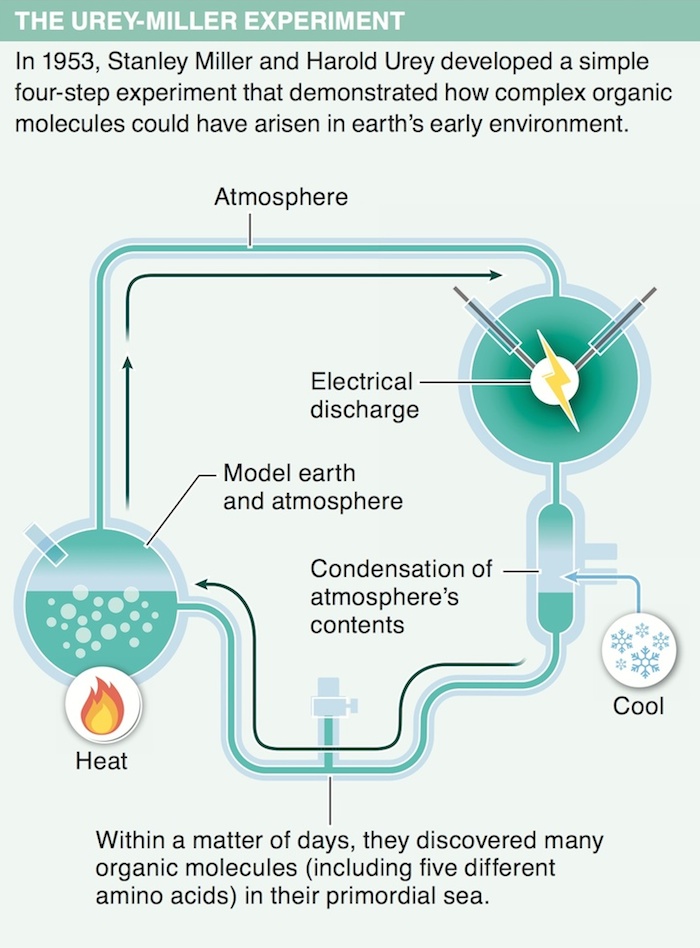
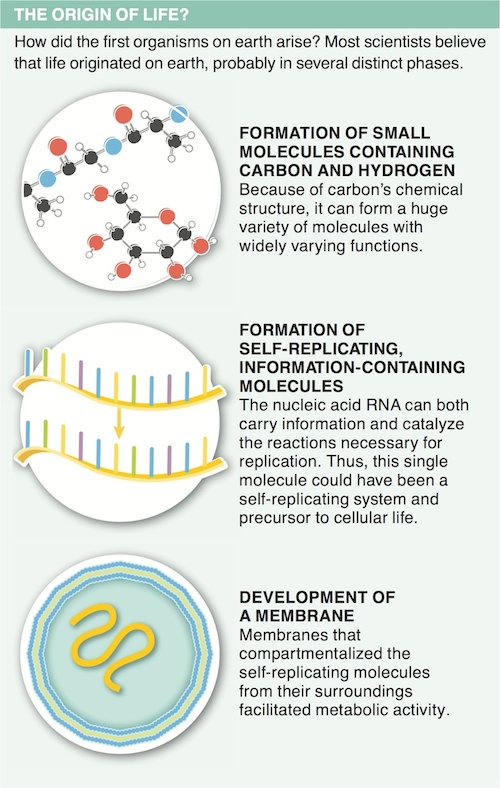
2. Why is the development of a membrane system an important phase in the origination of life?
3.

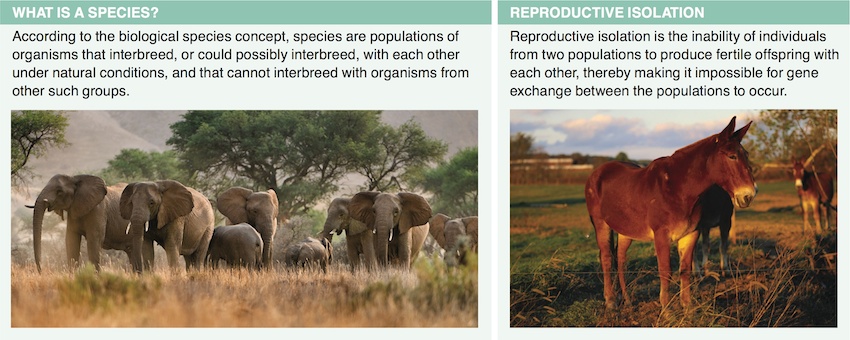
3. Using the biological species concept, define a species.
4.
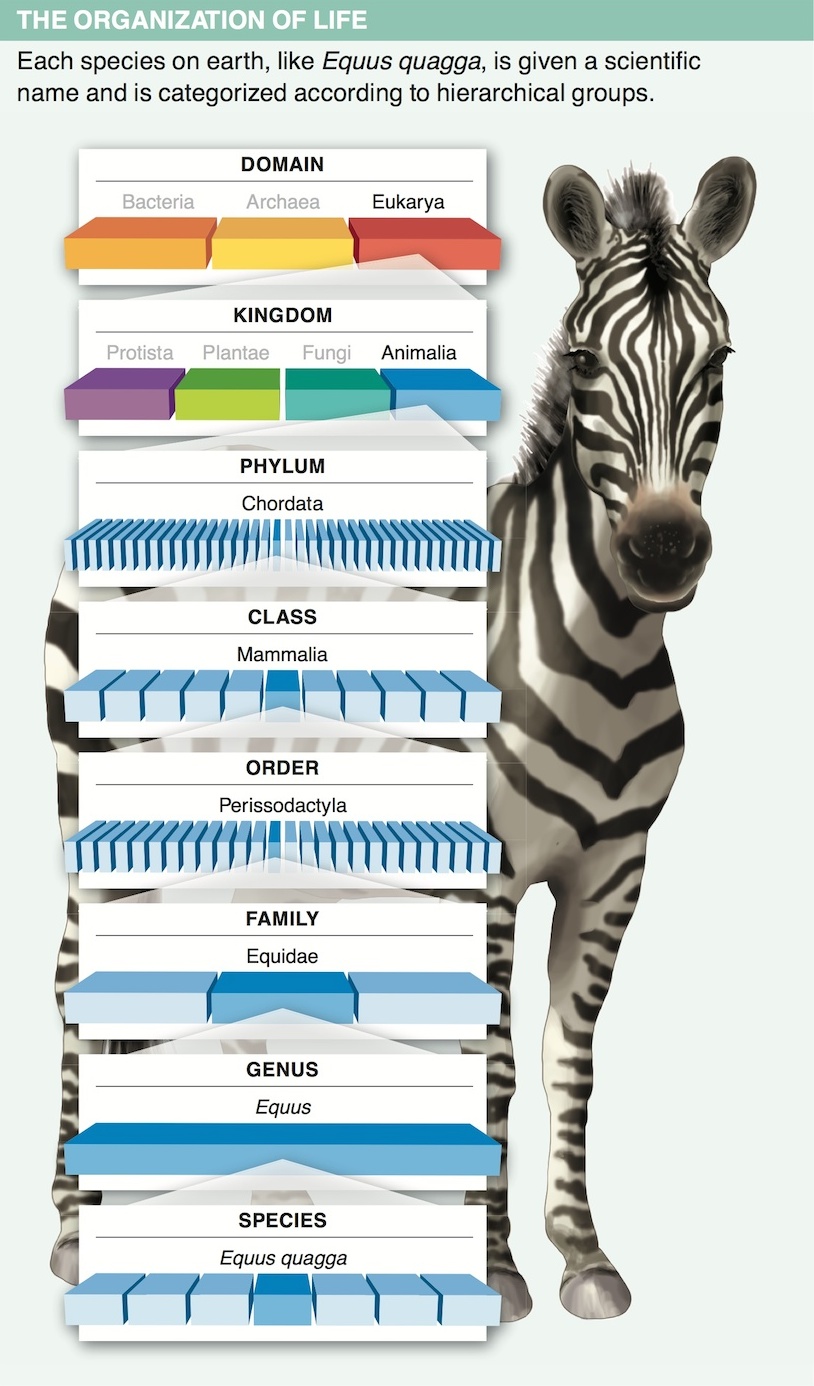
4. In the Linnaean system, which is the narrowest classification for an organism?
5.

5. Explain the difference between defining a species according to the biological species concept and according to the morphological species concept. Include an example of why one method might be more appropriate than the other for certain situations.
6.
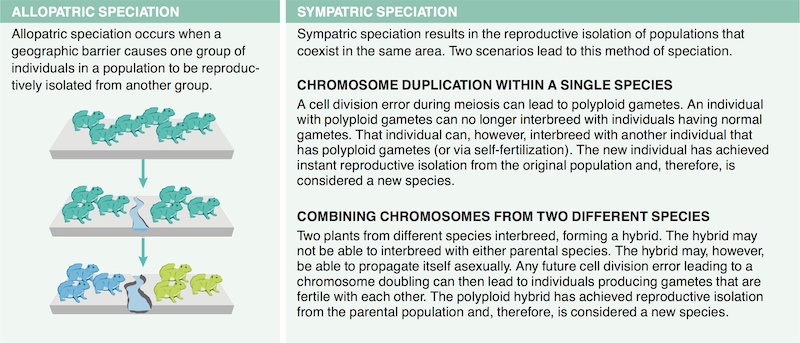
6. Why must the first phase of speciation involve reproductive isolation?
7.

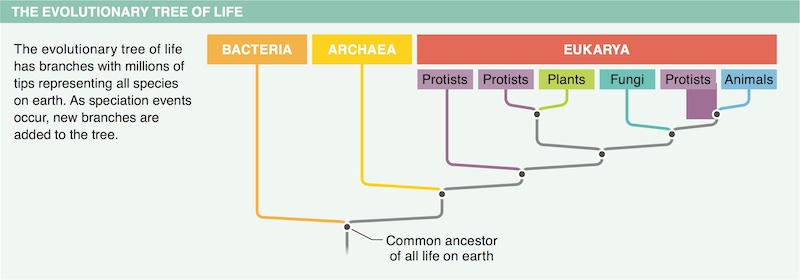
7. Phylogenetic trees show the relationships among organisms. What else can we glean from phylogenetic trees?
8.

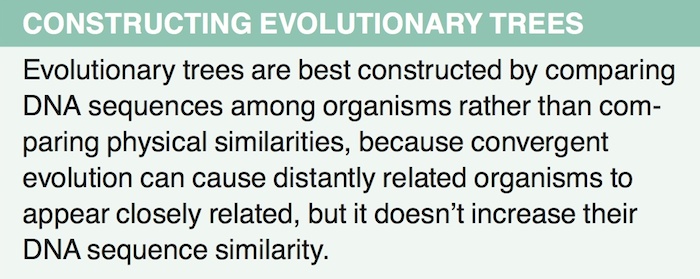
8. Evolutionary trees are important in helping to explain the history of life. Outline the difference between how evolutionary trees were constructed in the 20th century and how they are constructed today. Explain what types of information these trees can and cannot convey.
9.
9. Why do analogous features (such as bat and insect wings) pose problems to biologists as they construct phylogenetic trees?
10.


10. Compare and contrast micro and macroevolution.
11.
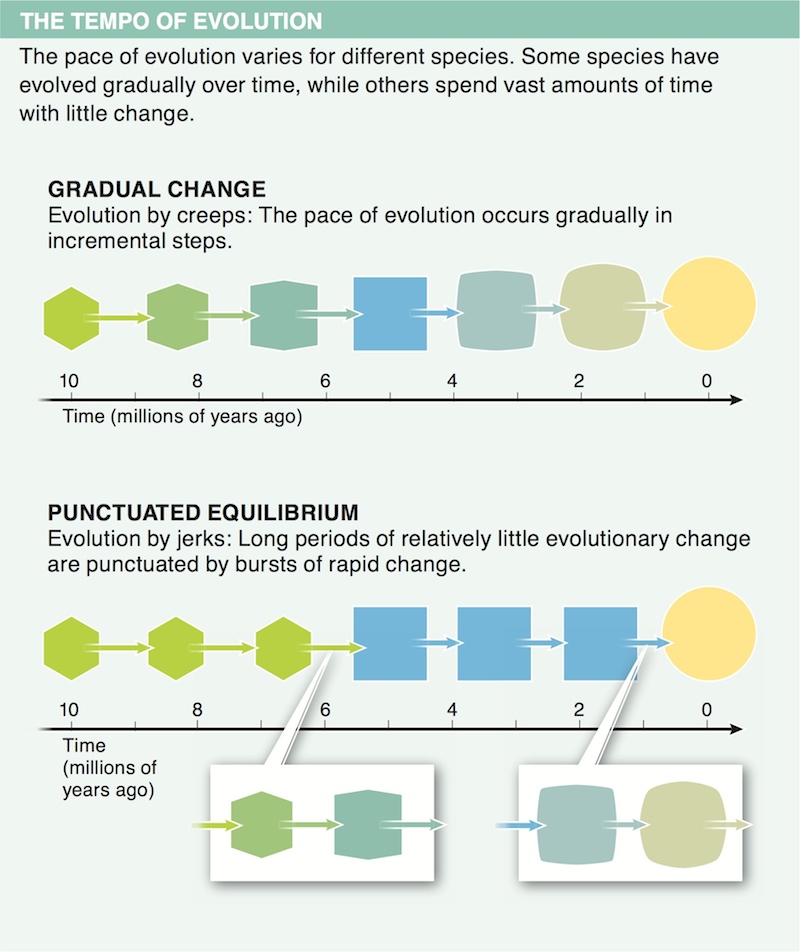
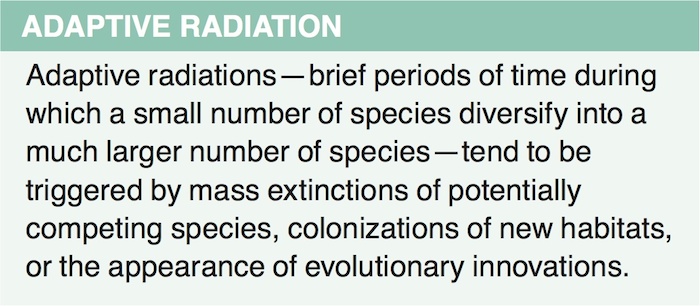
11. In mammals, the shape of the skull, as well as the shape and size of teeth, often reflects the method of feeding. A skull with a more rounded jaw and shorter, narrower teeth indicates a mammal that is well adapted to pulling bunches of leaves off trees and grinding them up. A skull with a more square jaw indicates a mammal adapted to grazing and cropping vegetation at the ground level. Explain how the adaptations of long, flat teeth and a more square jaw or muzzle could have triggered adaptive radiation in horses.
12.
12. What sort of evidence do we use to help develop models of evolutionary change?
13.

13. What is the fundamental difference between background extinctions and mass extinctions?
14.

14. Why did the classification system created in the 1960s, have to be revised again in the 1970s and 1980s?
15.
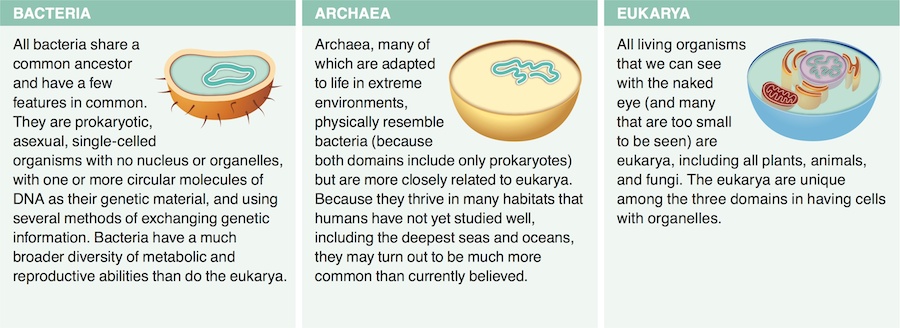
15. Why is it impossible to apply the biological species concept to the classification of bacteria?
16.
16. Archaea are single-celled prokaryotes and under a microscope they look very similar to bacteria. Which physical features distinguish them from the bacteria?
17.
17. Which features make the domain eukarya unique?
Activity results are being submitted...